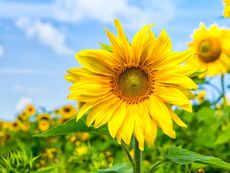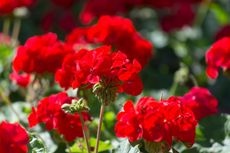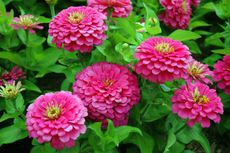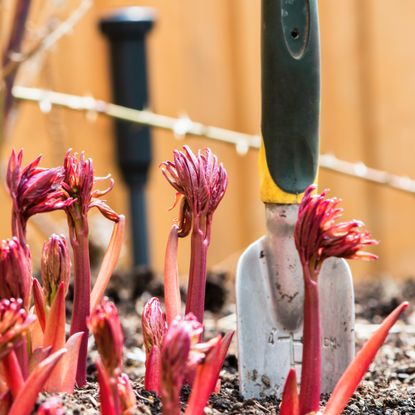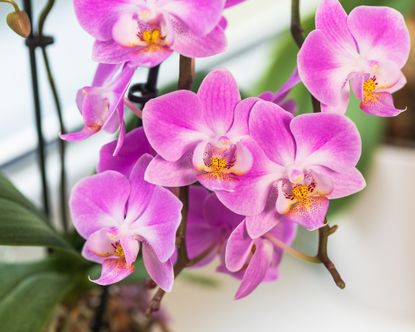Flowers
Who doesn’t enjoy flowering plants? Their intoxicating scents, eye-popping colors, fancy shapes and textures are truly beautiful. Yet, with so many flowers for the garden and types of flower gardens that can be grown, where does one start? No worries. Our flower gardening info will help you learn how to create flower gardens. From basic flower garden design to growing and caring for specific flowers, we’ll guide you. Don’t let the number of flower gardens and plants grown in them intimidate you. Instead, keep reading for tips on flower gardening.
Explore Flowers
Editor's Picks
Flowers
-
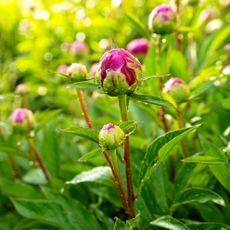
Peonies Not Blooming? 6 Common Reasons Why & How To Get More Flowers
Peonies not blooming is a big disappointment. Luckily, we have the solution. Here are the top 6 reasons why peonies refuse to bloom and how to ensure you have plenty of pretty flowers come spring.
By Laura Walters
-
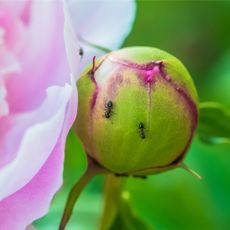
Why Are There Ants On My Peonies? Uncovering The Truth Behind This Perennial Mystery
Gardeners love peonies and so do ants. But what do ants on peonies mean? We uncover the truth behind the perennial myth that peonies need ants to bloom.
By Tonya Barnett
-
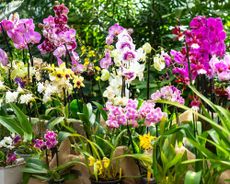
26 Different Types Of Orchids – With Pictures & Information
Discover stunning orchid types to grow in your home and garden – from easy beginner varieties to rare and exotic species that are the preserve of experts.
By Melanie Griffiths
-
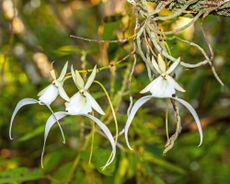
Ghost Orchid: How To Grow This Rare & Beautiful Flower
The native ghost orchid is the most coveted species among home growers, but it is not for the faint-hearted. Discover how to get started growing these rare, enchanting flowers.
By Melanie Griffiths
-
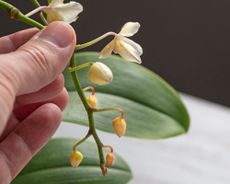
Orchid Buds Falling Off: How To Prevent Orchid Bud Blast
If your orchid's buds fall off before they have a chance to bloom, your plant has bud blast. Learn the common causes and how to remedy the situation so you can enjoy your orchid flowers for as long as possible.
By Melanie Griffiths
-
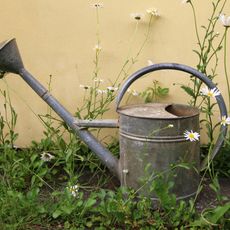
Watering Daisies: How Often To Water Your Sun Loving Blooms
While it might seem straightforward, there is a knack to watering daisies correctly. We show you how to give your shastas, marguerites and gerberas the best hydration
By Tonya Barnett
-
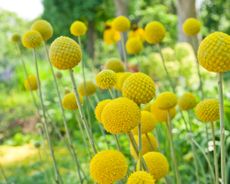
8 Unusual Flowers To Grow In Your Cutting Garden
Are you bored of traditional roses and peonies in your flower arrangements? Look beyond the obvious and plant these showstopping blooms in your cutting garden.
By Amy Grant
-
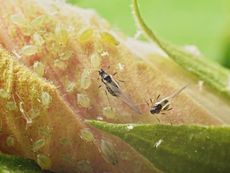
Bugs On Hibiscus and How To Identify & Control Common Pests
Hibiscus pests can be concerning when they invade your lovely tropical plant, but there are ways to deal with them.
By Mary H. Dyer
-
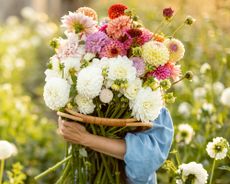
8 Long-Lasting Cut Flowers You Can Grow In The Garden
What could be more rewarding than growing a cutting garden filled with beautiful flowers? To get maximum enjoyment from your blooms, however, it's important to choose varieties with a long vase life. We reveal the loveliest varieties that will endure in cut flower arrangements for up to two weeks.
By Amy Grant
-
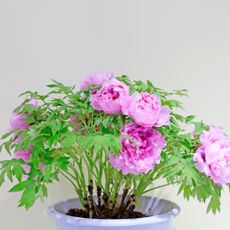
Peonies For Pots: Growing Peonies In A Container
If you don’t have a lot of garden space, consider growing peonies in a container. Potted peonies are just as beautiful as garden peonies and are easy to grow.
By Bonnie L. Grant
-
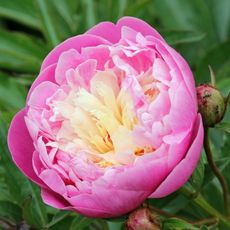
How To Grow Peonies The Right Way
Peonies are showstoppers in the garden, as long as you treat them right. We've got everything you need to know.
By Caroline Bloomfield
-
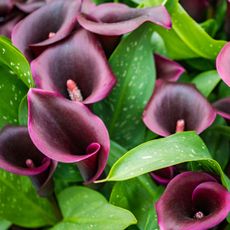
Best Moody Maroon Flowers: 8 Burgundy Blooms For A Moody Garden
Growing maroon flowers may not be for the faint of heart, but it is a glorious way to add drama and impact – as well as lure pollinators to your plot. So why not go dark with these eight blooms?
By Tonya Barnett
-
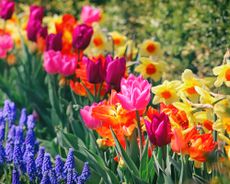
What to Plant After Spring Bulbs Have Died Back – 8 Stunning Ideas
When spring bulbs die back they leave unwelcome gaps and fading foliage in their wake. But with some clever planting choices, this can be concealed. Discover the best options to take their place for beautiful beds all season long.
By Mary Ellen Ellis
-
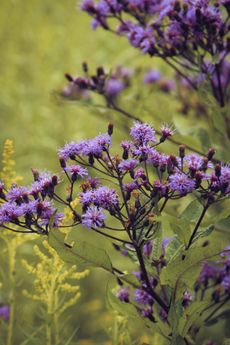
Ironweed Management: Tips On Controlling Ironweed Plants
You can do some damage to it manually, but usually ironweed will find its way back. Persistence and a few tips on how to kill ironweed should help.
By Bonnie L. Grant
-
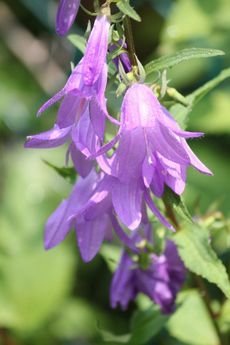
What Is Creeping Bellflower & Tips On Removing Creeping Bellflower In Gardens
Exactly what is the problem with creeping bellflower in gardens? This lovely little plant with the pretty purple blooms is actually a burly thug that can create absolute havoc for unsuspecting gardeners. Learn about removing creeping bellflowers here.
By Mary H. Dyer
-
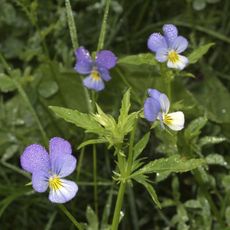
Field Pansy Control – How To Get Rid Of Field Pansy
Despite the plant?s pretty, long-stalked flowers, most people inquiring about the plant want to know how to get rid of field pansy. Controlling field pansies is not easy, since they do not respond to most herbicides. This article will help.
By Teo Spengler
-
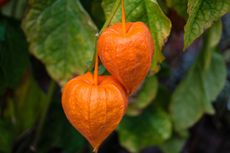
Chinese Lantern Control – How To Get Rid Of Chinese Lantern Plants
Pretty Chinese lanterns can become noxious weeds, choking out the plants you really love. Learn to control them.
By Bonnie L. Grant

